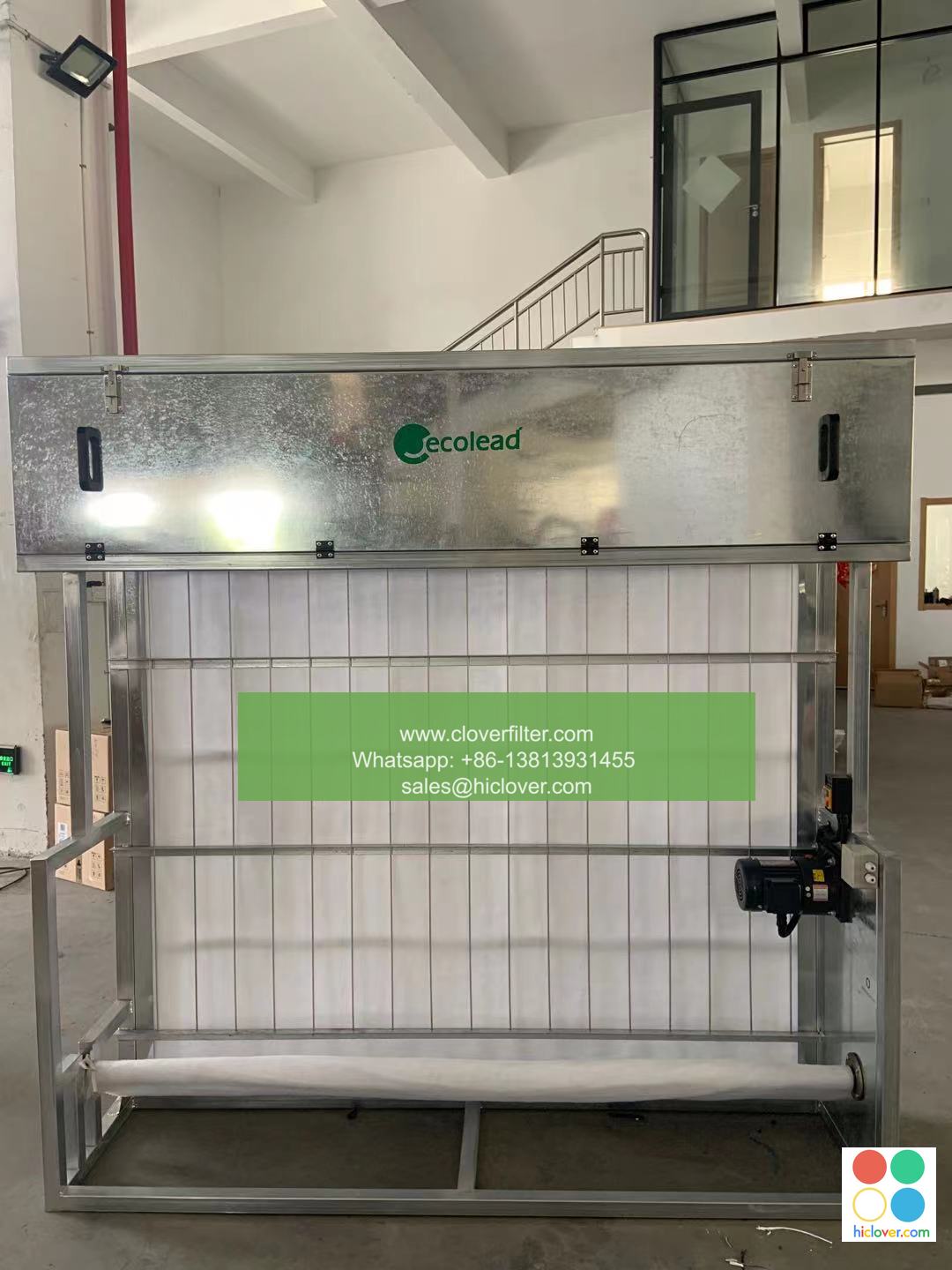Comparative Study of Activated Carbon and Zeolite-Based Air Filters

Comparative Study of Activated Carbon and Zeolite-Based Air Filters: A Review of Their Applications and Advantages
Air pollution is a growing concern worldwide, and the need for effective air filtration systems has become increasingly evident. In this regard, activated carbon and zeolite-based air filters have emerged as popular choices for purifying air in various settings. This review aims to compare the characteristics, advantages, and applications of activated carbon and zeolite-based air filters, highlighting their use in various domains.
Background
Activated Carbon:
Activated carbon, also known as activated charcoal, is a form of carbon that has been treated to increase its surface area and adsorption capacity. Its primary function is to absorb impurities, odors, and volatile organic compounds (VOCs) from the air, making it an effective filter for removing gases, particles, and other contaminants.
Zeolite:
Zeolite is a type of natural mineral that is commonly used in air filters to remove impurities, moisture, and odors. Its unique properties make it particularly effective in capturing small particles, such as dust, pollen, and other airborne allergens, as well as absorbing VOCs and gases.
Comparison of Activated Carbon and Zeolite-Based Air Filters
Key Differences
- Adsorption capacity: Activated carbon has a higher adsorption capacity than zeolite, making it more effective at removing gases and VOCs. Zeolite, however, is better at capturing small particles and allergens.
- Maintenance: Activated carbon filters typically require more frequent replacement than zeolite filters, which can be cleaned and reused.
- Effectiveness in removing odor and moisture: Zeolite is more effective in removing odor and moisture from the air due to its natural absorption properties.
- Cost: Zeolite-based air filters are generally less expensive to produce and maintain than activated carbon filters.
Key Similarities
- Both are effective in reducing airborne contaminants: Both activated carbon and zeolite-based air filters are effective in reducing airborne pollutants, including particles, gases, and VOCs.
- Wide range of applications: Both types of filters are suitable for various applications, including residential, commercial, and industrial settings.
Applications
Residential Use
- Home air purifiers: Both activated carbon and zeolite-based air filters are effective in residential applications, such as in home air purifiers, to remove impurities and odors from indoor air.
Commercial and Industrial Use
- HVAC systems: Activated carbon filters are commonly used in heating, ventilation, and air conditioning (HVAC) systems to remove gases, VOCs, and other airborne contaminants.
- Industrial processes: Zeolite-based filters are often used in industrial processes, such as in manufacturing, laboratories, and cleanrooms, to remove impurities, particles, and contaminants.
Conclusion
In conclusion, while both activated carbon and zeolite-based air filters have their strengths and weaknesses, they are both effective tools for improving indoor air quality. The choice between the two ultimately depends on the specific application, budget, and requirements for effectiveness. By understanding the advantages and limitations of each, air quality professionals and homeowners can make informed decisions when selecting the best air filter for their needs.
I’d be happy to help! What would you like to talk about or ask?

